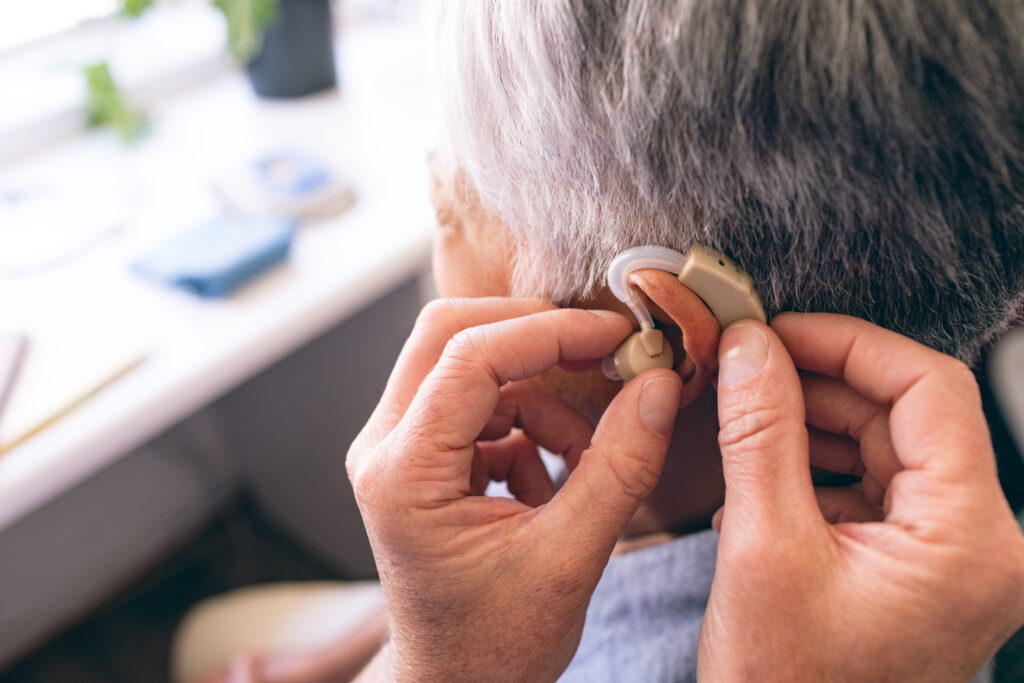Untangle the hearing (tele)healthcare wires to avoid a short circuit
As we navigate the ever-evolving landscape of hearing healthcare, the ability to conduct remote consultations, offer virtual support, and even fine-tune hearing aids from a distance has transformed the way Hearing Instrument Practitioners (HIPs) deliver their services. It is crucial for HIPs to strike a balance between harnessing the power of technology and preserving the essential human touch.

Tap in as we offer tips and strategies that code a winning virtual practice.
Calibrate to evolving expectations
As the landscape of hearing care evolves, so do patient expectations. Embrace this change as an opportunity for growth rather than a challenge. Attend training sessions, collaborate with experts in the field, and stay informed about emerging technologies to ensure you remain at the forefront of innovative and compassionate hearing care.
Don’t fear the robots – harness them through collaboration
In this era of rapid technological growth, robotics are making their way into the healthcare algorithm. Familiarize yourself with virtual communication tools, remote monitoring devices, and teleaudiology platforms that can enhance your service delivery. For instance, AI algorithms can analyze vast amounts of data to assist HIPs in tailoring hearing aid settings for optimal individual outcomes.
Use this synergy between humans and robotics in hearing care to enhance diagnostic capabilities, streamline processes, and provide more personalized solutions.
Develop smart practices for your practice
When the landscape shifts paradigms, taking the real into the virtual, recognize the loss of home court advantage, and be proactive in understanding the new terrain. Learn the new rules of the road by prioritizing the security and privacy of client information while familiarizing yourself with the relevant regulations and guidelines. Additionally, equip your staff with the necessary skills to navigate telehealth effectively.
It takes a human touch to tap into tele-hearing healthcare
While robotics and AI offer exciting possibilities, HIPs must preserve the human touch that distinguishes their profession. So, actively listen to patients’ concerns, validate their experiences, and demonstrate understanding. Consider integrating video calls for consultations to maintain that face-to-face connection and address the emotional aspects of hearing health. Ultimately, telehealth should be seen as a complementary tool rather than a replacement for in-person interactions.
In short: harness the efficiency of technology for routine check-ins and adjustments, but prioritize in-person consultations for building rapport, understanding patient lifestyles, and addressing emotional aspects of hearing challenges.
A delicate balance in hearing healthcare
At AHIP, we know HIPs are no strangers to hacking paradoxes and bringing harmony back to where it was once lost.
Adapting to the changing landscape of telehealth in hearing healthcare requires a delicate balance between embracing technological advancements and preserving the human touch. HIPs can successfully navigate this evolving terrain by building virtual bridges, collaborating with technology, and infusing empathy into digital interactions. In doing so, we ensure that the harmony between humans and technology enhances the overall quality of care for those with hearing challenges – not hinder it.
AHIP is not and shall not be liable for any of the views expressed by the authors or advertisers on the Signal Blogs. The authors’ opinions and the advertisers’ content do not necessarily reflect AHIP’s views.



